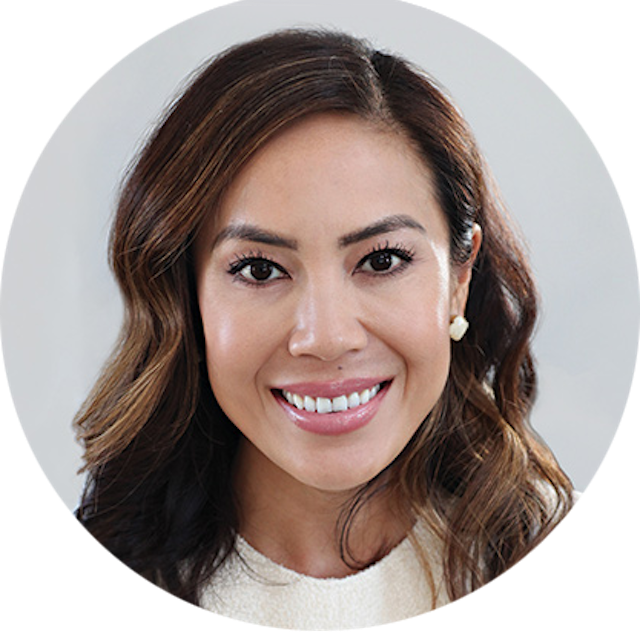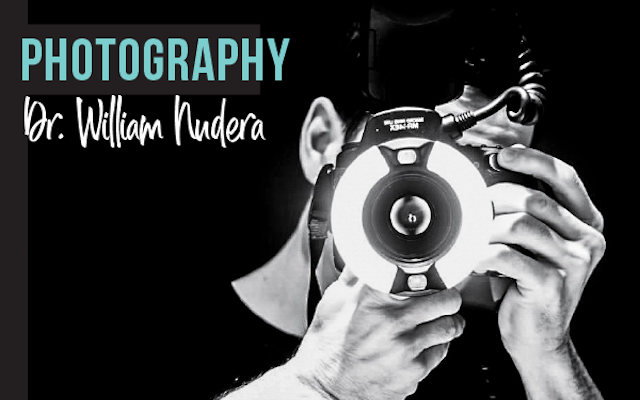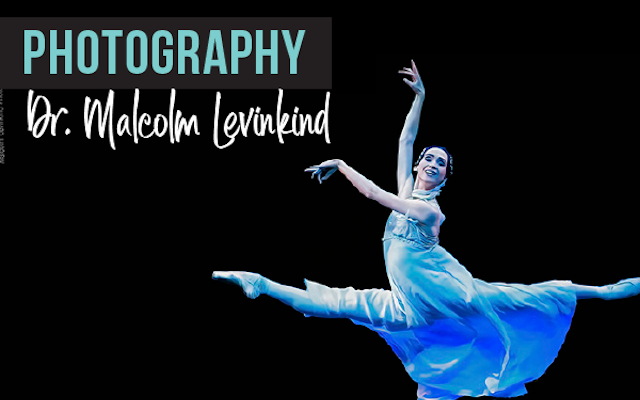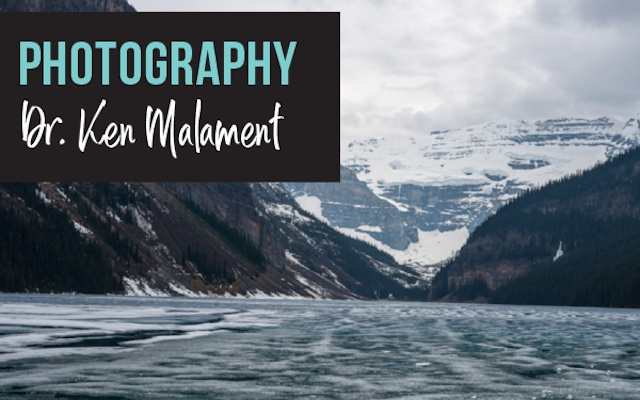Dr. Amanda Seay has read many dental photography books over the years but, much like the courses she took, they always seemed to be missing something. Details like how to hold retractors, which retractors to use and post-workflows were never explained. That’s partly why she decided to write her own book, “See—Art Esthetics Dental Photography.” She also wanted to encourage other dentists to get more involved with dental photography, helping them to “unleash the potential they have within and to discover their inner artist.”
The book is for anyone who wants to learn dental photography fundamentals and how to implement photography into everyday workflows, Dr. Seay said. It gives clinicians a better understanding of what equipment they need to buy, how to properly set their cameras and how to determine what workflows might work best for their practice. The book also covers how to capture intraoral images, portraits and dental restorations, and explains photo post-editing, organization and management in detail.
“Once you learn the rules, you can break them and do whatever you like to be creative and show your personal style,” she said. “There’s a big difference in the dentists who master the clinical and then go to the artistic side versus the ones who haven’t mastered the clinical and are just playing with light. You can tell the difference in the photos. There’s a sweet spot, and so much is just practice.”
Investing time in taking high-quality photos of every patient has brought many benefits to Dr. Seay’s practice over the years. She uses the images to improve lab communication, build team confidence, enhance patient education and to market her practice—and with proper training, it’s something every dentist can do.

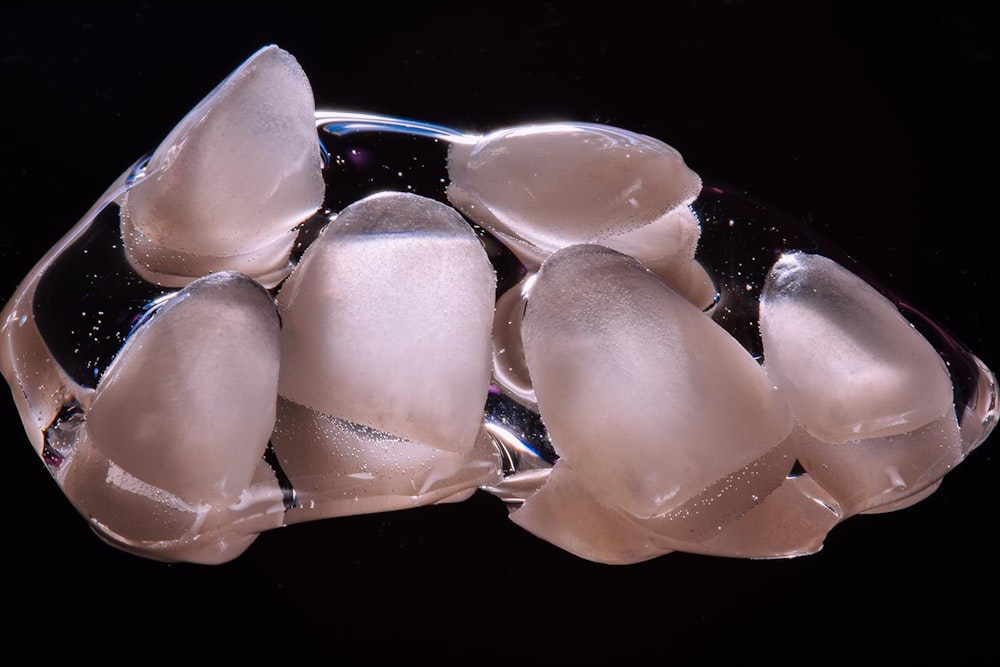

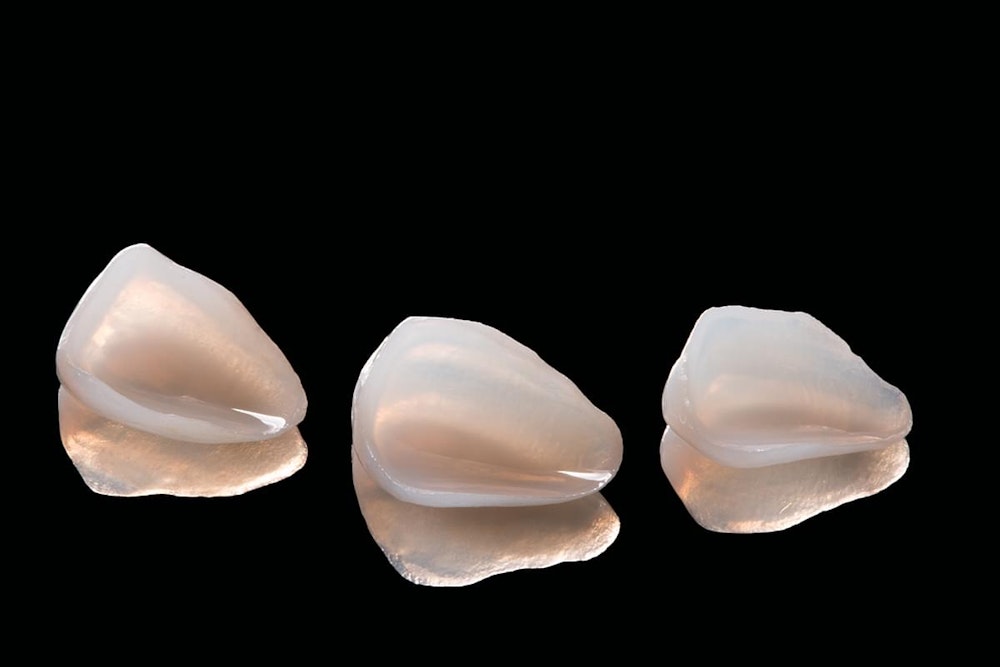




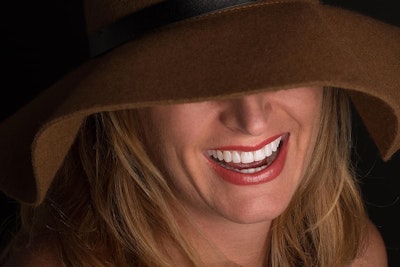
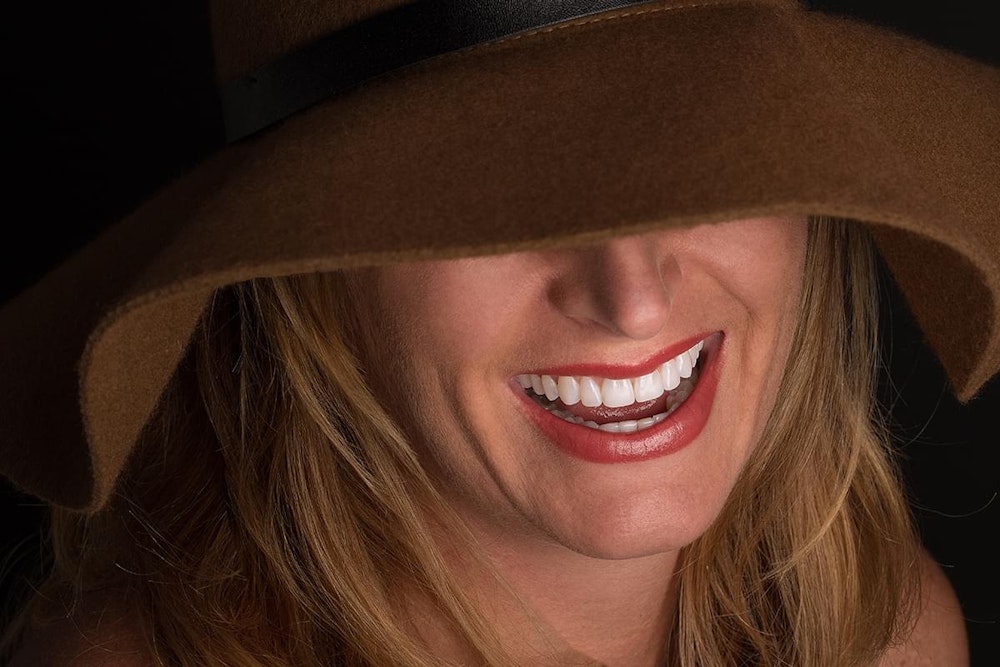
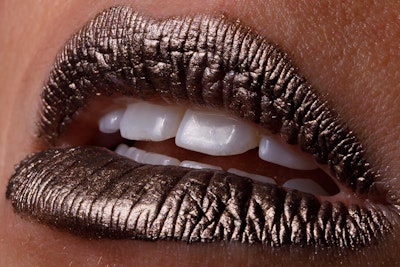
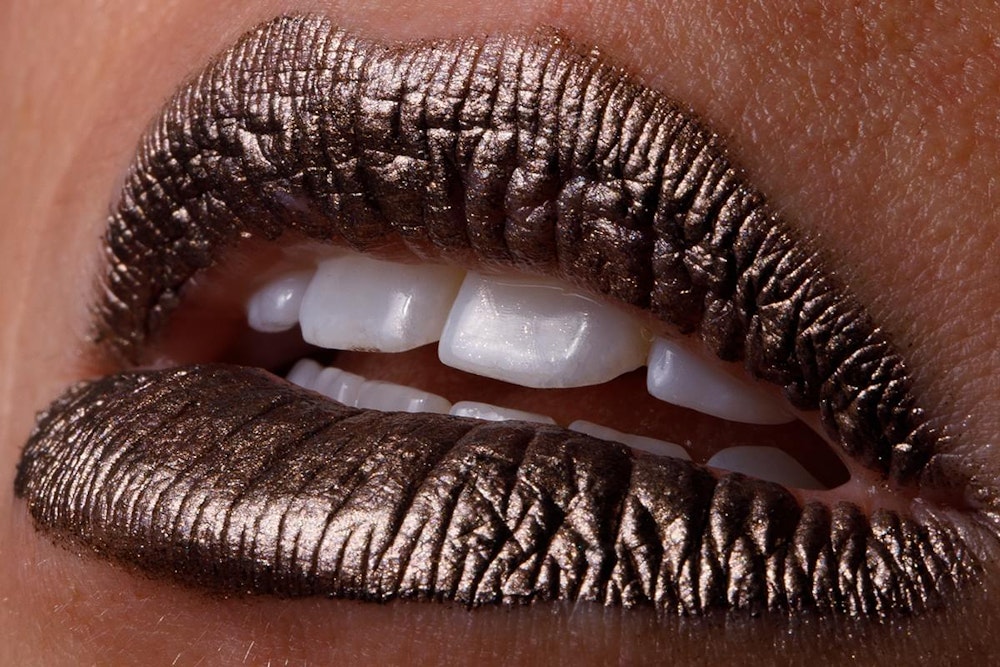
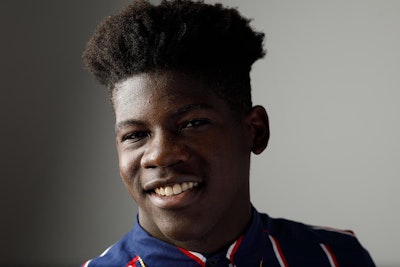
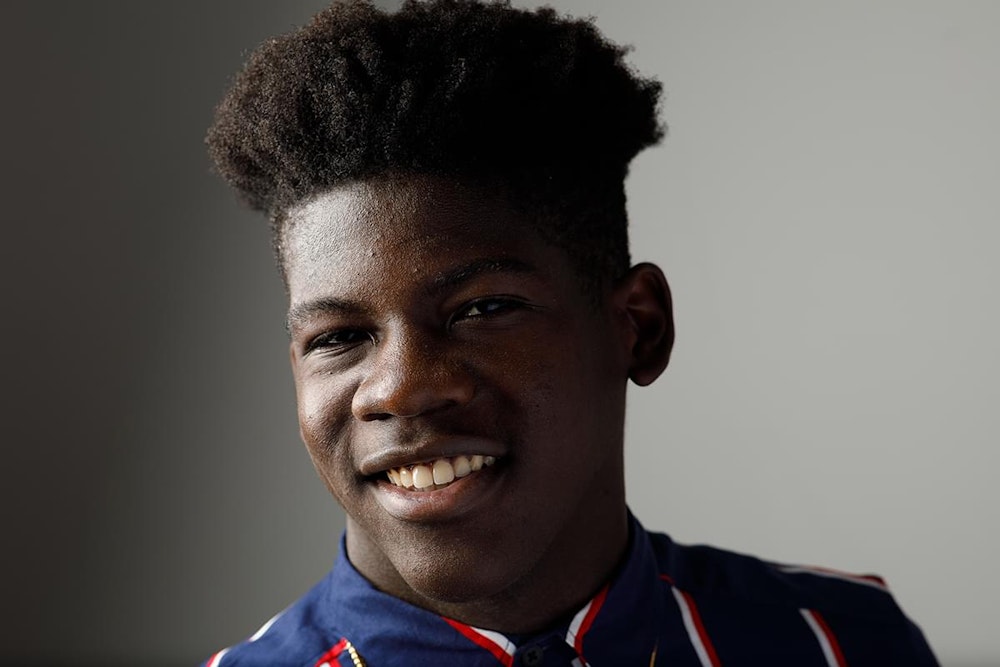

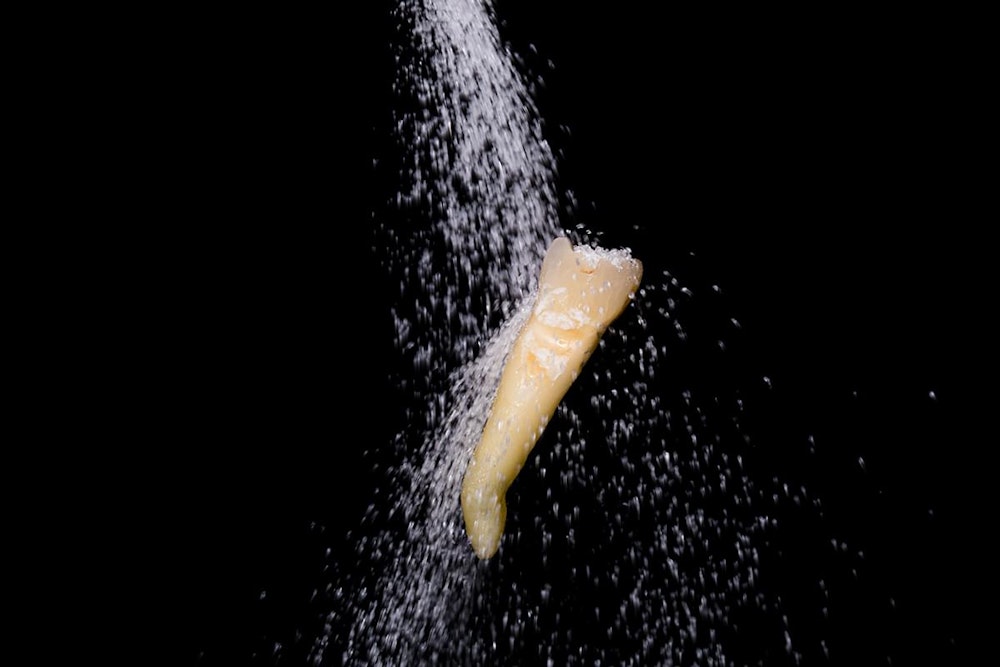
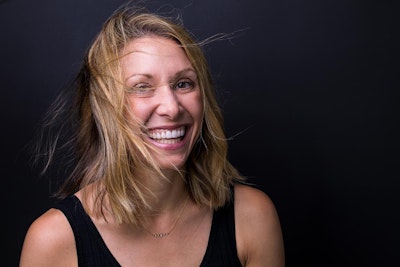
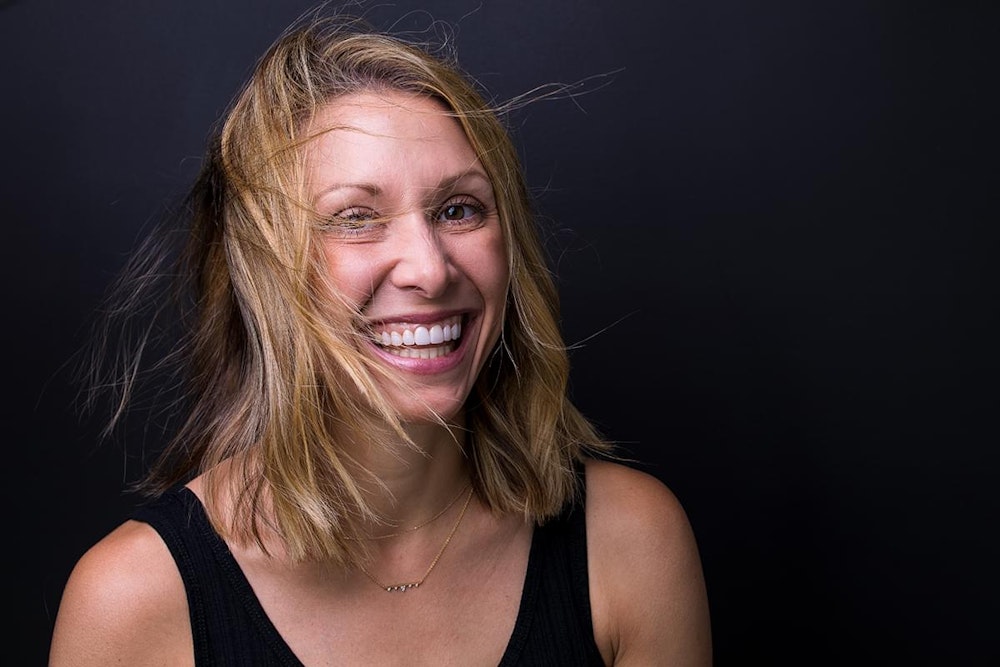
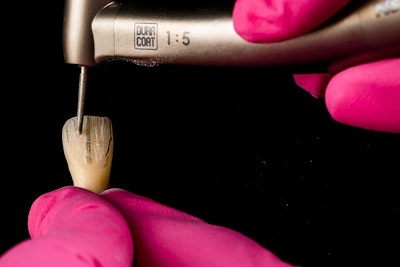
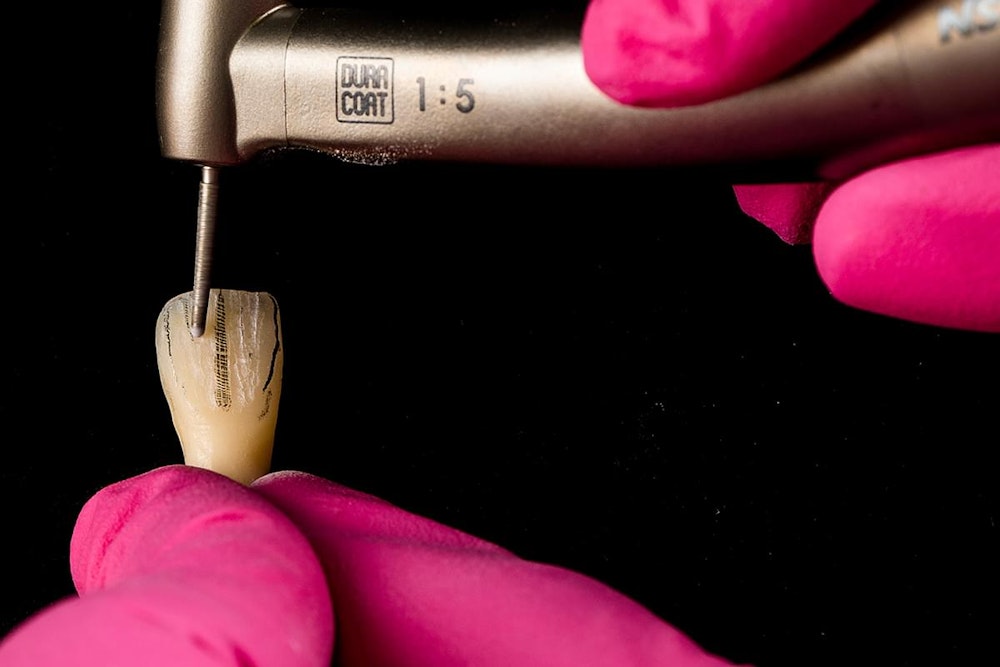


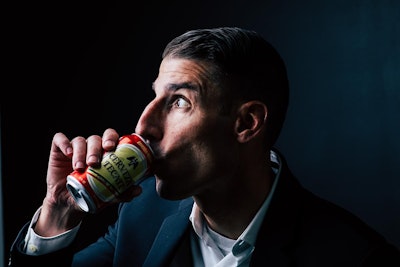
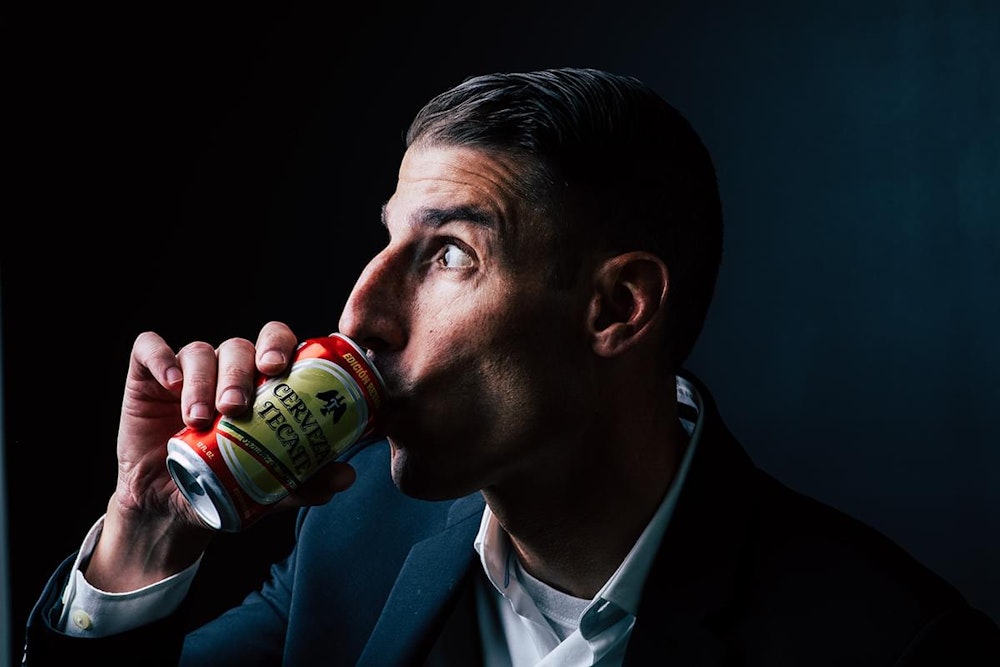

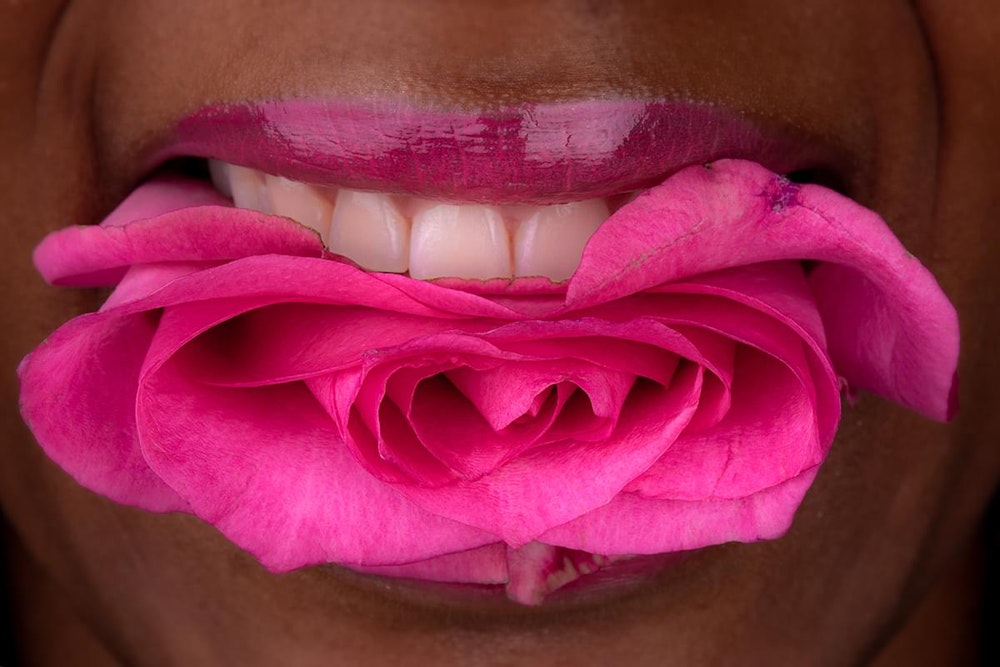
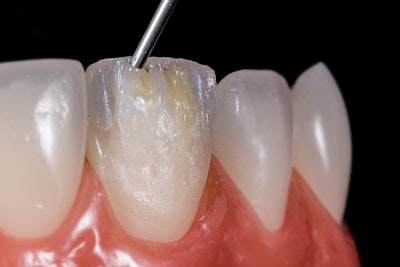
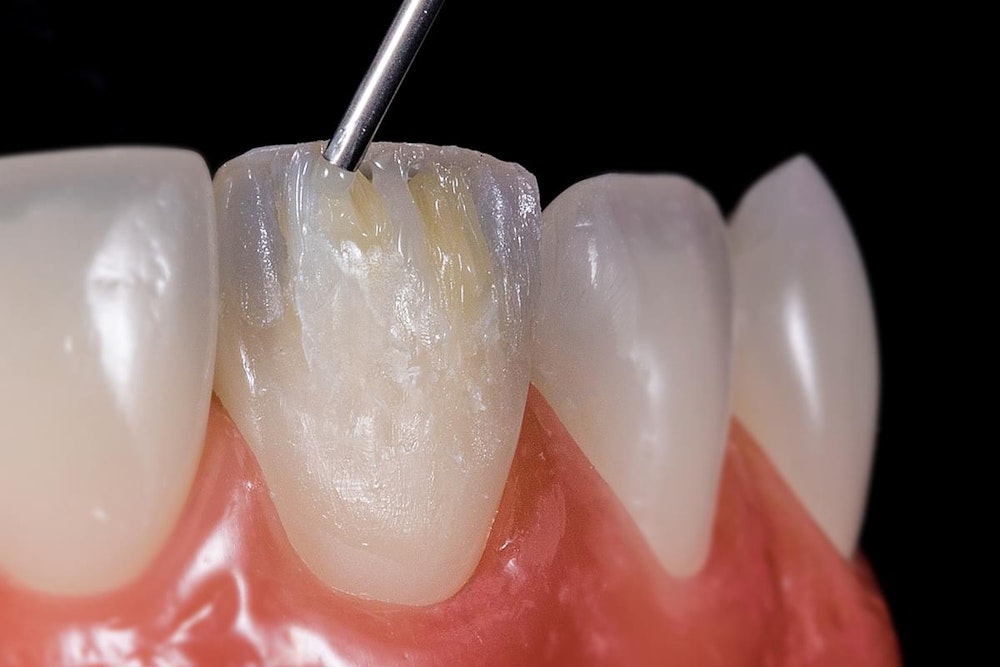




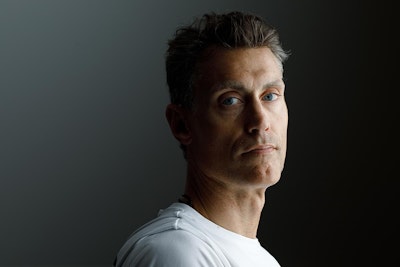
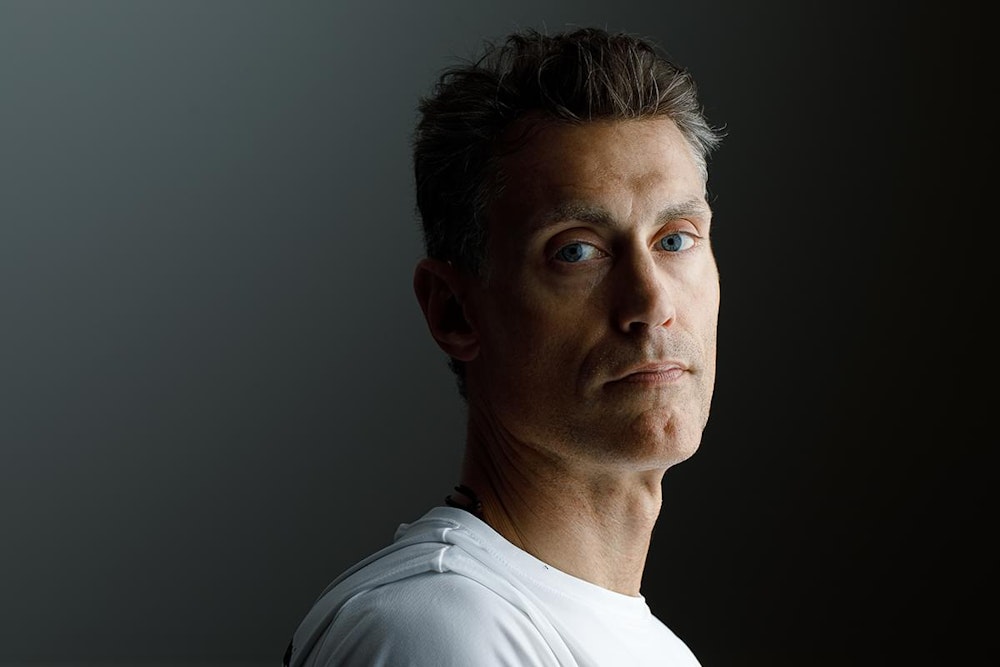

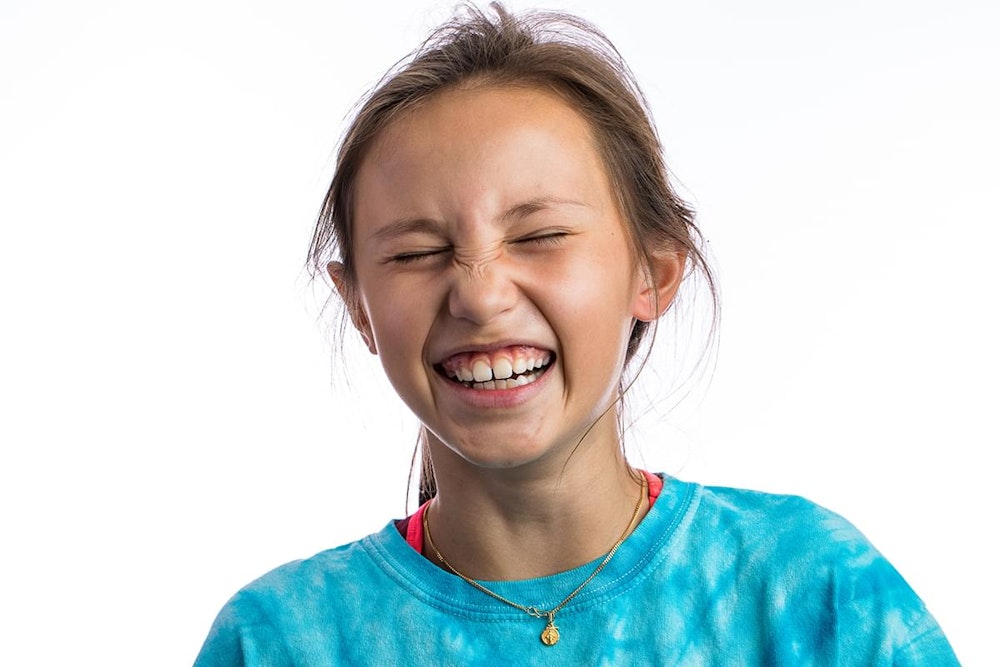
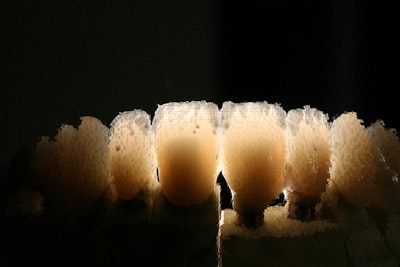
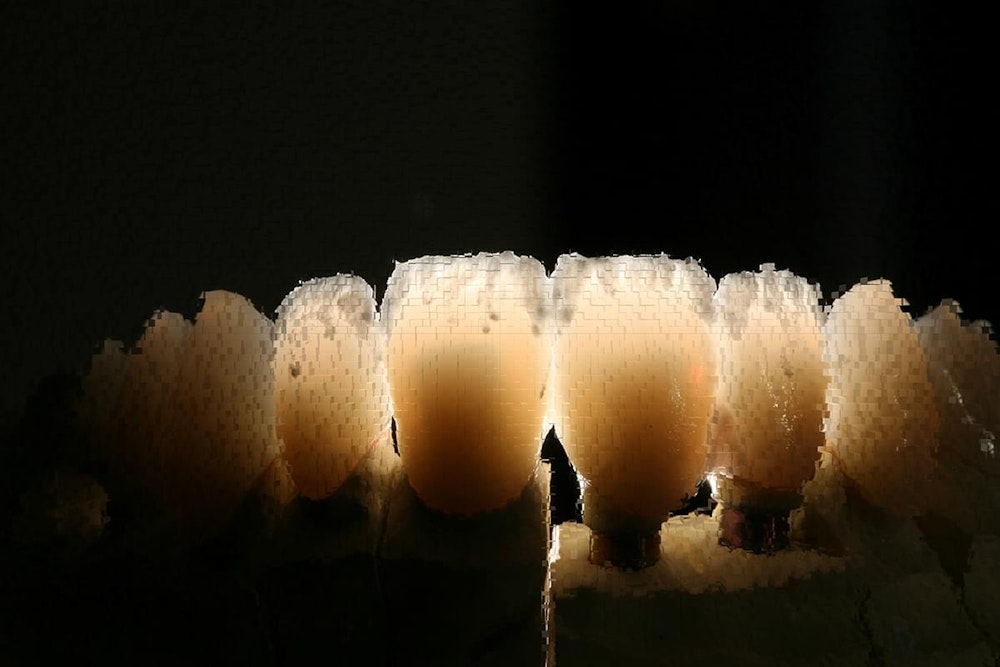
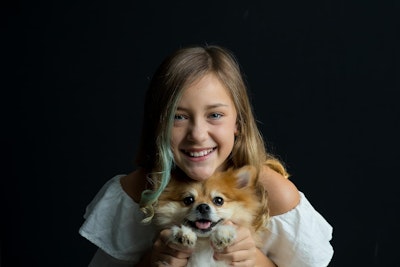
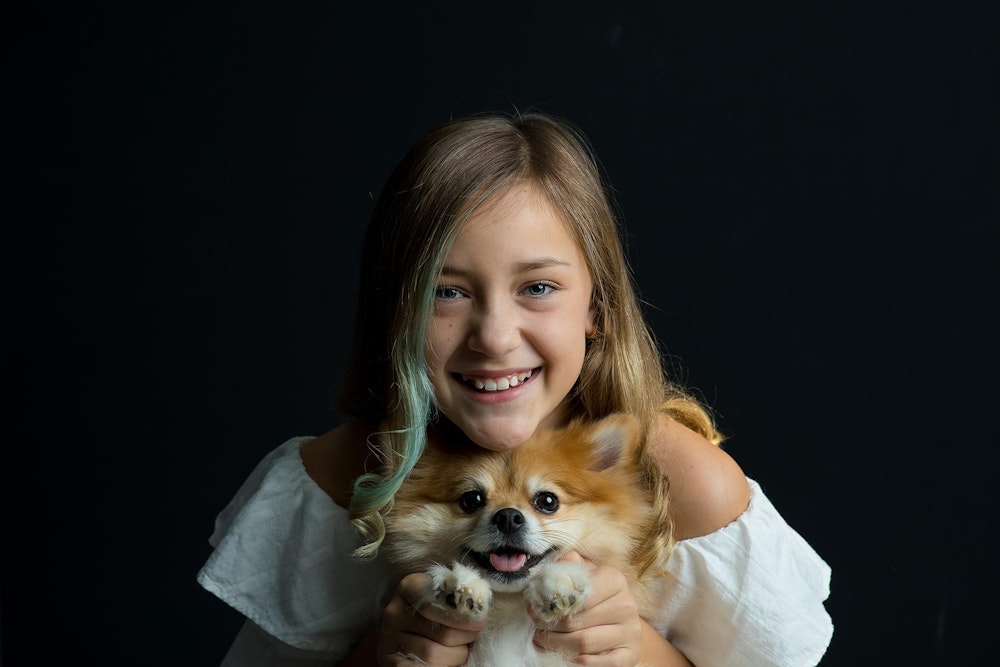
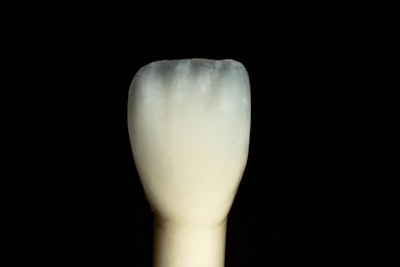
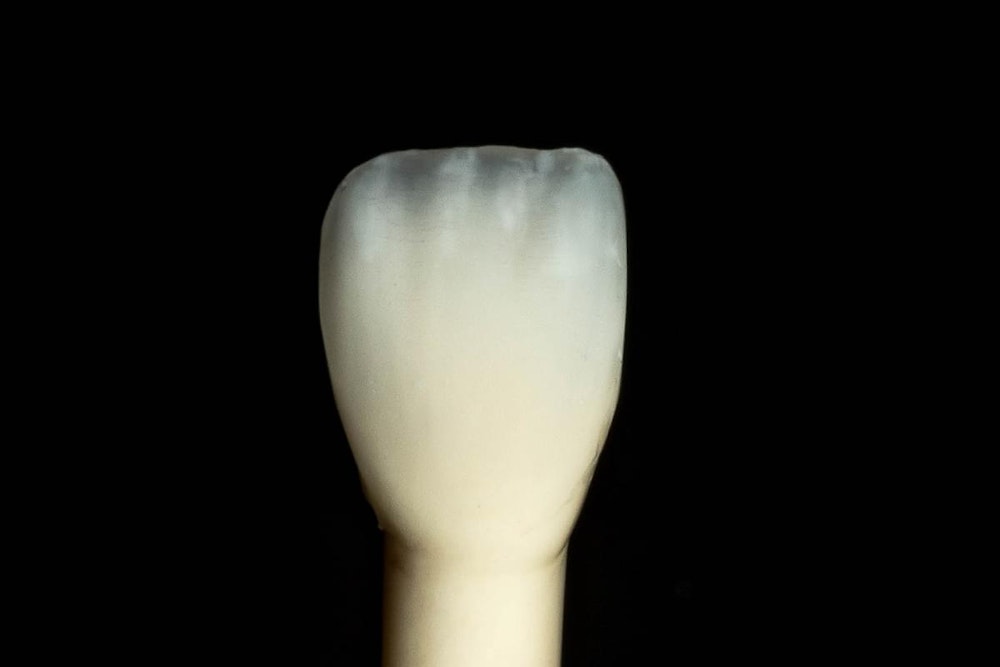
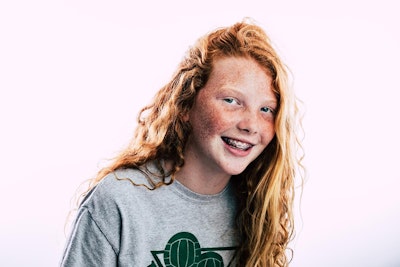
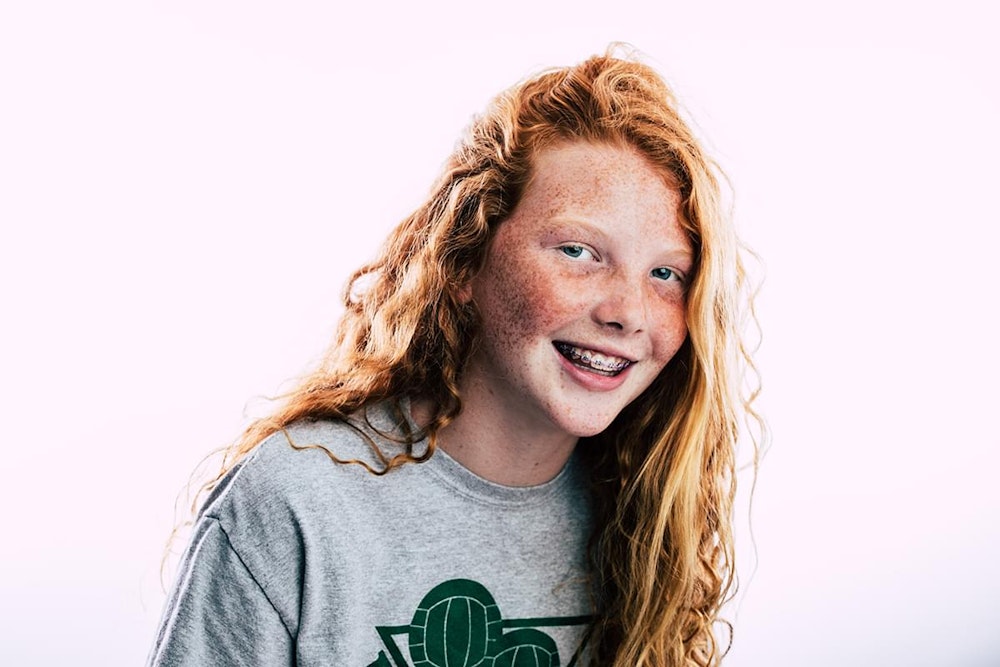

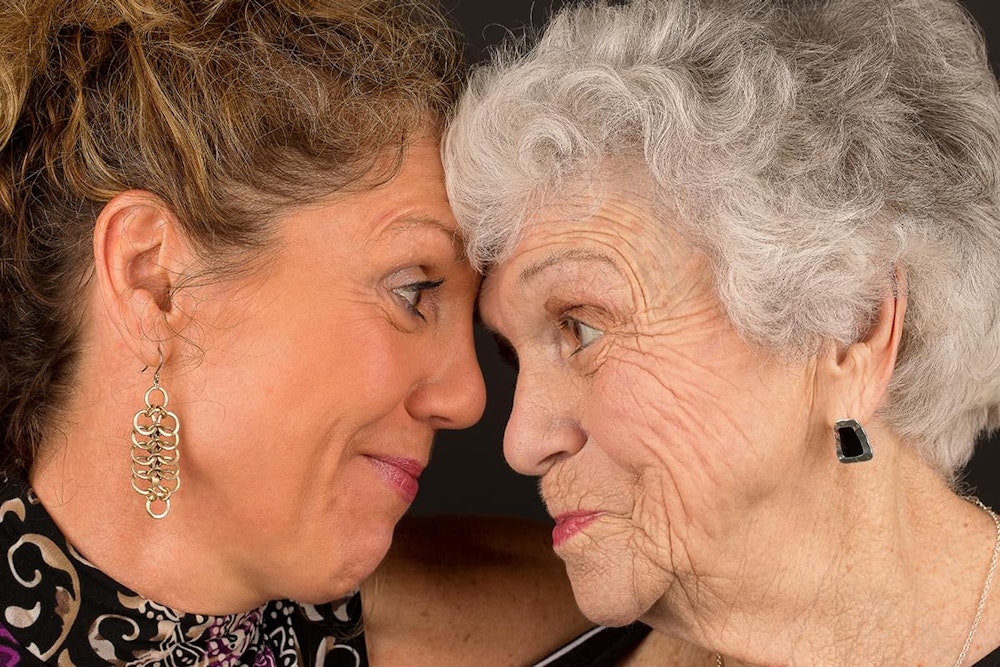


Beyond the Classroom
Dr. Seay has read many dental photography books over the years but, much like the courses she took, they always seemed to be missing something. Details like how to hold retractors, which retractors to use and post-workflows were never explained. That’s partly why she decided to write her own book, “See—Art Esthetics Dental Photography.” She also wanted to encourage other dentists to get more involved with dental photography, helping them to “unleash the potential they have within and to discover their inner artist.”
The book is for anyone who wants to learn dental photography fundamentals and how to implement photography into everyday workflows, Dr. Seay said. It gives clinicians a better understanding of what equipment they need to buy, how to properly set their cameras and how to determine what workflows might work best for their practice. The book also covers how to capture intraoral images, portraits and dental restorations, and explains photo post-editing, organization and management in detail.
“My book is about discovering the art that lives in us all,” Dr. Seay said. “It may take different forms but it represents something. I want to teach you the science of photography but also encourage you to explore the art of the photography.”
Better Communication
Proper communication is critical to good dentistry, whether that means relaying information about a case to the lab or providing effective patient education. Dental photography helps Dr. Seay do both.
The high-quality images Dr. Seay captures allow her to easily convey what she sees to her lab technicians. She’s able to effectively communicate shade and shape contours, she said, which isn’t possible without good photography. And that, of course, leads to optimal results for her patients.
“If you give lab technicians better information,” Dr. Seay said, “they’ll give you better work back.”
She also uses the images she captures to showcase her dentistry to patients, team members and colleagues.
“To see every patient documented through photography really changes the culture of the people who work for you. It gives them more confidence in me and what I can do,” Dr. Seay said. “And of course, patients are drawn to you and specialists are as well. I’ve built a lot of my presence in the community through my dentistry, but I wouldn’t be able to communicate that without my photography.”
Going Beyond Clinical Photography
When taking portraits of her patients, Dr. Seay strives to truly capture their essence, which is what inspires her. She wants to be there as a witness to how they’re feeling and to who they are, and then convey that through her photography.
It’s different with intraoral photos, of course. That’s all about showing a restoration’s intricacies and fine details.
“I want to show how meticulously designed the restorations are,” Dr. Seay said. “It’s those little nuances that make it more interesting, the craftmanship.”
To achieve her dental photography goals, she uses a variety of DSLR cameras, often along with strobe lights and different soft boxes, depending on the effect she’s trying to create. Every few years, she upgrades to a new camera and repurposes the older model for another task. The new version typically becomes her portrait camera, while the old one might be passed on to one of her team members.
“Taking photos can be easily delegated to any member on my team, and that just makes everything more efficient,” Dr. Seay said. “It also re-enforces the overall idea of our practice being well trained on cosmetic dentistry. It’s not just me, it trickles down from the doctor to every team member.”
Filling In the Gaps
A few years ago, Dr. Seay decided to share her love for and knowledge of photography with other dentists through dental photography courses. While she teaches the fundamentals, she also covers areas she felt were missing from the courses she took early on in her career, including how to create an efficient workflow.
“You have to think about who’s taking the photos, where the photos will live and how many you want to take for each patient,” Dr. Seay said. “We also spend a lot of time on post-production. What do you do after the photos are uploaded? Do you save them as jpegs, raw files, tifs? We show dentists basic editing functions and the output workflow, which will be different depending on if they’re using the images in print or on the web.”
Dr. Seay also talks a lot about the available accessories and tips and tricks to using them properly, which is critical because these add-ons “can make or break a photo,” she said.
A Practice Booster
Incorporating high-quality photography is something every dentist can do, but many just don’t take the time to learn how, Dr. Seay said. They opt to only learn the fundamentals, but don’t realize doing the bare minimum can have a negative impact on their practice.
Even if you’re an excellent clinician, if your photos don’t convey that, patients won’t be drawn to your practice, Dr. Seay said. They’ll be more likely to make an appointment with a dentist who might not be as skilled clinically, but who has mastered the art of dental photography.
“Every clinician should learn how to take good quality photos,” Dr. Seay said. “No. 1 it’s going to help your brand as a practice and clinician, and you’ll get more patients. It’s a reflection of your dentistry, so the better your photos are, the better your dentistry is reflected.”
 By: The New Dentist
By: The New Dentist
